XC-9Z Puma Recon Vehicle
XC-9Z Puma Recon Vehicle
The Puma was a boondoggle of two sets of requirements that created much confusion amongst the designers. Originally conceived as a light scout and transport, early designs and prototypes were simply larger versions of the Dragon Warrior light utility vehicle. Two axels in the rear allowed it to carry heavy loads, while the armored cab protected onboard infantry far better than the Dragon Warrior. And the automated weapon turret could easily deal with enemy infantry or light vehicles. But the Chinese generals wanted more. They demanded it carry a main cannon “bigger than the damn Americans.”
Original tests of the upgunned Puma placed the cannon on the automated turret, but the roof of the Puma was not designed for it and the cannon’s recoil tore the roof off after a few shots. Attempts to reinforce the roof, on top of the already heavy main cannon, overloaded the suspension. And efforts to reinforce the suspension put too much strain on the Puma’s structure. The designers, in desperation and hoping to avoid execution of themselves and their family, put the gun in a fixed position between the viewing slits. Tests of the “Little Beating Stick ((Xiaogun)” in simulated combat showed it critically damaging all American light combat vehicles and the Chinese generals were pleased.
The Puma entered full production and soon began to see deployment throughout Chinese space. True combat soon showed results far more mixed than the simulated tests suggested though. The Puma’s mobility and firepower made it a very good hunter-killer vehicle, and it became common to see them sliding to a stop, aiming their “Little Beating Stick,” and destroying American or Alliance scouts. But it was a substandard scout in its own right. The designers had been forced to remove most of the advanced sensors and electronic warfare systems in order to place the cannon on the Puma without overloading the structure. That made it a very dumb vehicle in many ways.
War-era upgrades to the suspension and targeting systems allowed the Puma to fire while on the move, and the designers soon developed a second version of the Puma far more true to the original design idea. They removed the main cannon in favor of a more compact missile system, and restored the electronics of the earlier design. Simulated tests showed the scout variant working well in the field, and orders for them soon began to outpace the main cannon version. Rather than see a loss of face for the generals, and the general displeasure they would rain down on the designers once it was discovered, the manufacturer began shipping Pumas with kits that could easily switch them back and forth between hunker-killer and scout versions.
The Puma quickly became the primary Chinese light combat vehicle in the Hyades Cluster. Most often deployed in platoon strength, one or two scout Pumas would search out enemies for two or three hunter-killer Pumans waiting further back. They proved to be supremely effective in that role, and became the bane of Alliance light combatants and support units throughout the cluster. It is interesting to note that they were mass-produced in such numbers that they are still the most common light combat vehicle seen in the Hyades and many other Chinese regions of space.
Writing by Jinghis Zhou and Medron Pryde
Drawn by http://wansworld.deviantart.com
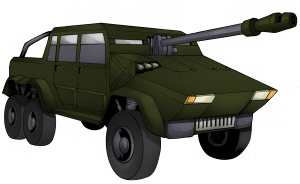
 The Martian Affair on Amazon
The Martian Affair on Amazon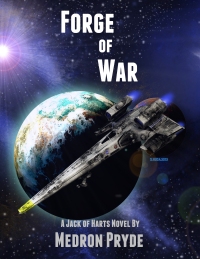 Forge of War on Amazon
Forge of War on Amazon The Audacious Affair on Amazon
The Audacious Affair on Amazon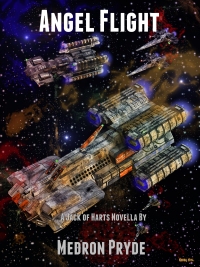 Angel Flight on Amazon
Angel Flight on Amazon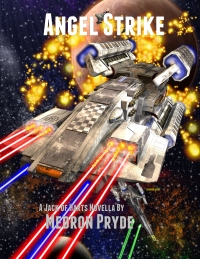 Angel Strike on Amazon
Angel Strike on Amazon Angel War on Amazon
Angel War on Amazon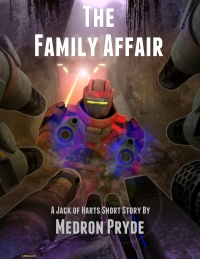 The Family Affair on Amazon
The Family Affair on Amazon The Thunderbird Affair on Amazon
The Thunderbird Affair on Amazon Wolfenheim Rising on Amazon
Wolfenheim Rising on Amazon Wolfenheim Emergent on Amazon
Wolfenheim Emergent on Amazon The Gemini Affair on Amazon
The Gemini Affair on Amazon
Discussion ¬